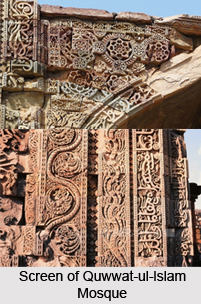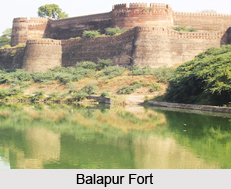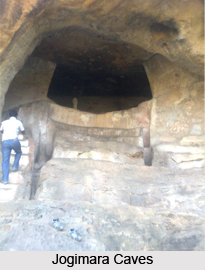 The Screen of Quwwat-ul-lslam Mosque is made of red sandstone and it stands across the front of the mosque. It is an extremely interesting monument in that it showcases the gradual Islamisation of Indian architecture. It was built, according to an inscription on the south face of the central arch of the screen, by Qutbuddin Aibak in AD 1199, and extended by both Iltutmish and Ala-ud-din Khilji. However, only the former`s additions remain.
The Screen of Quwwat-ul-lslam Mosque is made of red sandstone and it stands across the front of the mosque. It is an extremely interesting monument in that it showcases the gradual Islamisation of Indian architecture. It was built, according to an inscription on the south face of the central arch of the screen, by Qutbuddin Aibak in AD 1199, and extended by both Iltutmish and Ala-ud-din Khilji. However, only the former`s additions remain.
Qutbuddin`s screen comprises a central arch, 6.7 metres wide and 16 metres high, with two similar but significantly smaller arches on either side. The arches are all ogee -or S-shaped arches and, but for a few voussoirs at the apex, are constructed in the corbelled manner.
The screen was modelled on the maqsura or screen in front of the Prophet`s Mosque in Medina. It was constructed, however, by Hindu craftsmen employing Hindu techniques. The Hindu craftsman was set to work upon alien arabesque designs and strange Naskh characters and had to weave them in among his own sinuous patterns to frame a pointed arch - a feature itself foreign to the Hindu tradition of trabeate construction.
The essentially Hindu elements can be seen in the ornamental relief on the original portion of the great screen. Look out for the quaint manner in which the Hindu craftsman put his individual mark on the unfamiliar script he was carving by turning each calligraphic stroke-end into a little floral burst.
In stark contrast are the more Islamic patterns on the subsequent extension of the same screen made at the time of Iltutmish. Conforming in general design to the existing screen of Qutbuddin, Iltutmish`s extension betrays a considerable advance in the adoption of Islamic forms of surface decoration. The patterns are purely Saracenic in nature.
The Arabic lettering, too, has advanced beyond the simple shapes wrought by the prentice hand of the Hindu, and is evidently the work of a craftsman more familiar with the characters he is carving. Here, too, we see introduced a combination of the square Kufic and the elaborate and intricately interwoven Tughra characters.
The attached mutakha-columns set in the recessed angles of the pier jambs are another feature of Iltutmish`s screen extension that appears in Indo-Islamic architecture for the first time. It continues as a decorative form almost uninterruptedly throughout the Pathan period, and afterwards in Mughal architecture.
The symmetry that characterises the arrangement of the columns in Iltutmish`s northern prayer chamber makes it evident that the mihrabs, columnar bays and the spans of the arched openings in the great frontal screen were, from the first, conceived as a single homogeneous design. This is in contrast to the fortuitous arrangement of these features in Qutbuddin`s original mosque.




